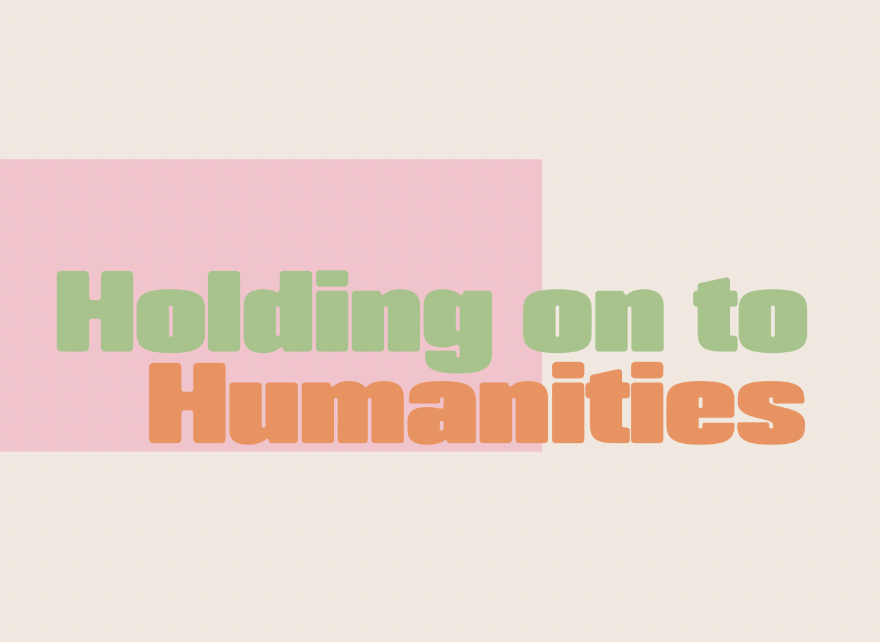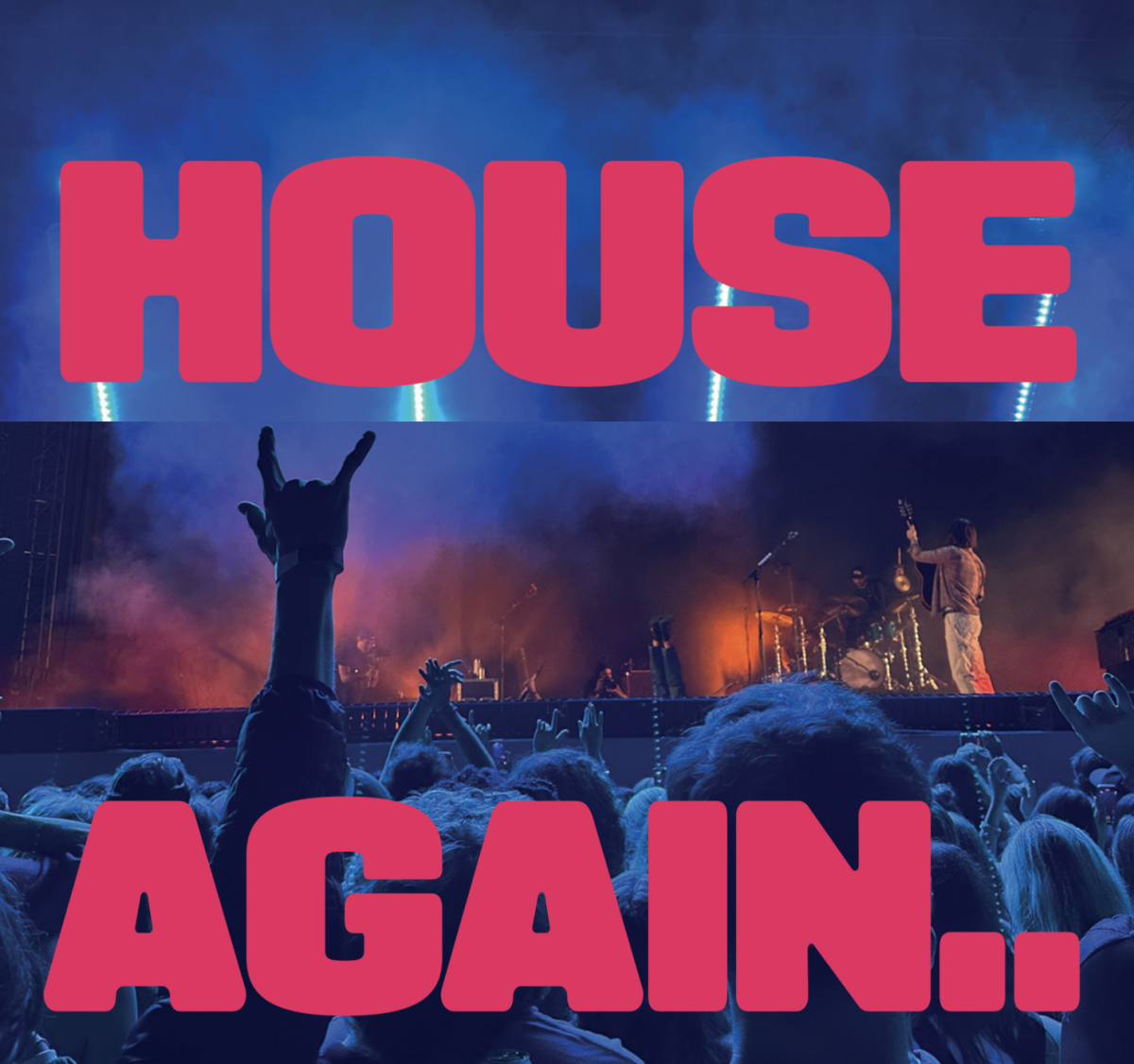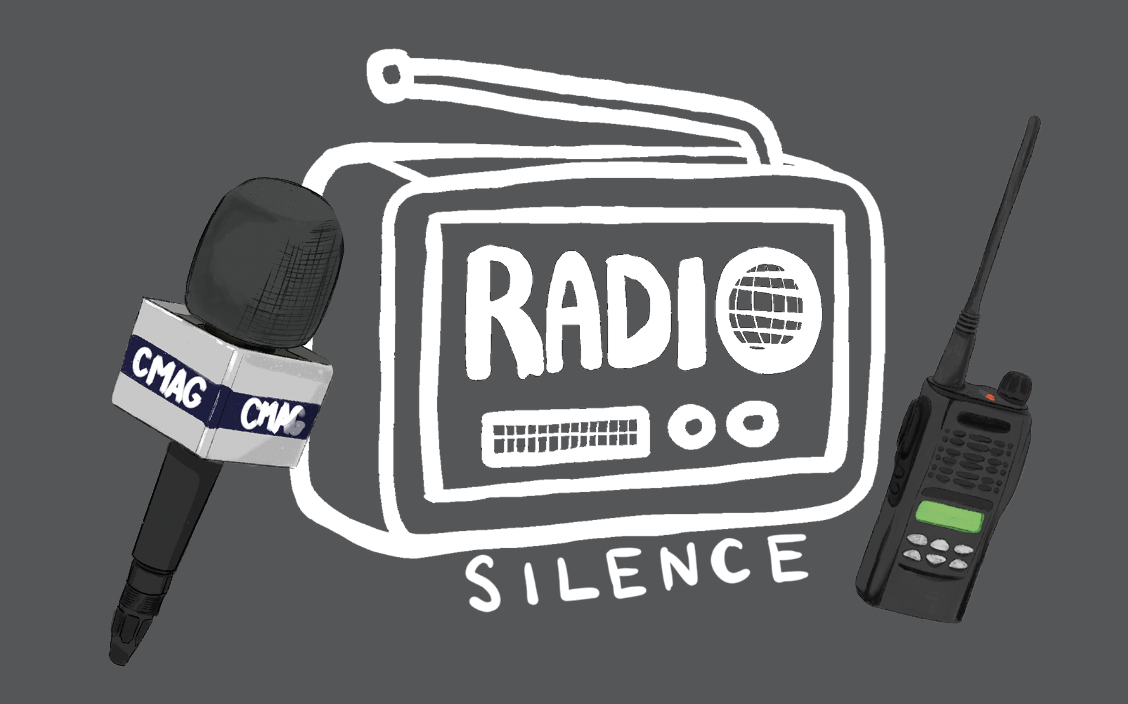“Oh my God, I got so black. I’m basically the same color as you.”
We had just arrived back home from our girls’ trip to the beach, with sand clinging to our swimsuits and our cheeks still rosy from the sun. My friend laughed as she said this, her voice malice-free as she compared her fresh tan to my natural skin tone. She’s Mexican, just like me, except she has light brown hair, white skin and faint freckles on her face. I laughed along with her, but later found myself reflecting on the implications of her seemingly innocent comparison.
Growing up in Mexico and later immigrating to the United States has shaped my understanding of how skin color is perceived across different cultures; for one, in Mexico, my skin color falls somewhere right in the middle of the spectrum — not fully morenita, or brown, but not white passing, either. Because of this middle-ground position, I’ve been the subject of conversations in which people comment on my skin color, just shy of making aggressive, colorist jabs at me.
In Mexico, my friends praise anyone with lighter features. I hear “She’s so pretty” or “He’s so handsome,” solely based on the fact that their eyes are light and their skin is güerita, or white. My extended family members discourage me from staying out in the sun too long and push me to slather myself in sunscreen — unfortunately, it’s not just because they are concerned about skin cancer.
To my younger self, it seemed as if beauty and Eurocentricity were the same thing, and younger me’s impressions didn’t just appear out of thin air. The preference for light skin, colored eyes and slim features didn’t suddenly appear in media and personal biases; these ideals have been passed down from colonial rule and embedded in our culture after the Spanish invaded.
This is not just the case in Mexico, either. Across many cultures — South Asian, Caribbean, East Asian, African and other Latin American cultures, to name a few — lighter skin is often treated as more desirable, respectable and beautiful. In places like India and various African countries, skin-lightening creams are still widely popular. In the Philippines, actresses and models with mixed or light features dominate the entertainment industry.
Colorism does not just appear in private conversations and daily interactions: It thrives in global industries, advertising and beauty standards. These widespread beauty standards are not simply coincidental nor a modern invention, but a descendant of colonial ideologies which praised European features while undermining indigenous ones.
Through centuries of colonial influence, whiteness was elevated to be a symbol of status, intelligence and purity, which created social hierarchies that devalued indigenous features and ancestry. This hierarchy reveals itself today through off-hand comments disguised as jokes or compliments that continue exacerbating these divisions.
In Mexico, class and color are inextricably linked in our culture. Beauty is not the only trait people tend to associate with lighter skin — wealth, intelligence and good taste are often linked to it as well. Darker skin, on the other hand, is linked with poverty, vulgarity and being naco — a derogatory term loaded with racist and colorist undertones that targets those classified as “too brown” or “too indigenous” by calling them tacky.
I think about this whenever I remember what my grandmother would say about my mother. When she and my father, the son of said grandmother, began their relationship, my grandmother did not approve. This was not about my mother’s personality — it was about her skin tone. Her disapproval stemmed from what my siblings and I would look like: Tus morenitos, “your little brown ones,” was what she called us to my dad.
Nowadays, I recognize that she loves me and my brothers and is always delighted to see us, but her prior contempt toward my skin color uncovered the pervasive nature of these prejudices and the effortless way they travel down generations, shaping attitudes before we even detect their presence.
“Mejora la raza” — improve the race — is something that is routinely said when someone’s significant other has more Eurocentric features, as if their children will be of higher value because of their increased percentage of European heritage. Sayings like this are not always meant to harm others, but they nonetheless reveal an unsettling reality: There exists an expectation that we should strive to erase parts of ourselves and our heritage in order to be perceived as beautiful.
While my experience in Mexico revealed one side of complicated perspectives on skin color, my life in the United States has shown me an entirely different paradox. Here, tanning is the norm, and bronzed skin signifies beauty, vacation and health; contrarily, paleness is often seen as “sickly.” Lying in the sun for hours, paying to be sprayed darker or even climbing into an ultraviolet tanning bed is an everyday occurrence. Yet, I’ve noticed a crucial difference: This celebration of darker skin tones exists only when it is temporary and voluntary — a fashion choice. The irony of this is not lost on me. Being tan seems to be the goal here in the United States, receiving praise and compliments, as long as it is only a temporary ailment.
Going tanning with the intention of getting sharp, visible tan lines is something that I’m still hesitant about, even while being fully conscious of my own cultural bias. It is not that I am ashamed of my appearance and think that tanning is wrong — tanning is just something that I’ve been taught to avoid.
The beach incident was not my first encounter with colorism, nor will it be my last. Each time I encounter these coded remarks now, I will not only analyze the words themselves, but the cultural and historical weight they unknowingly carry.
The journey of undoing generations of harmful thinking can be a long one, but recognizing these patterns in our own minds is the first step toward creating a world where beauty is no longer defined by a proximity to whiteness. Our skin is something to be proud of and celebrate, not to compare. Within our skin lives our heritage and our lineage, a permanent testament to our ancestors.
Generational ideals about skin, beauty and worth get passed down to us without realizing it, and sometimes, all it takes is a single interaction to make you question where those thoughts originated: What have your family, culture and history taught you to believe? These inherited prejudices form our worldview in both subtle and profound ways — we all have something to unlearn.








